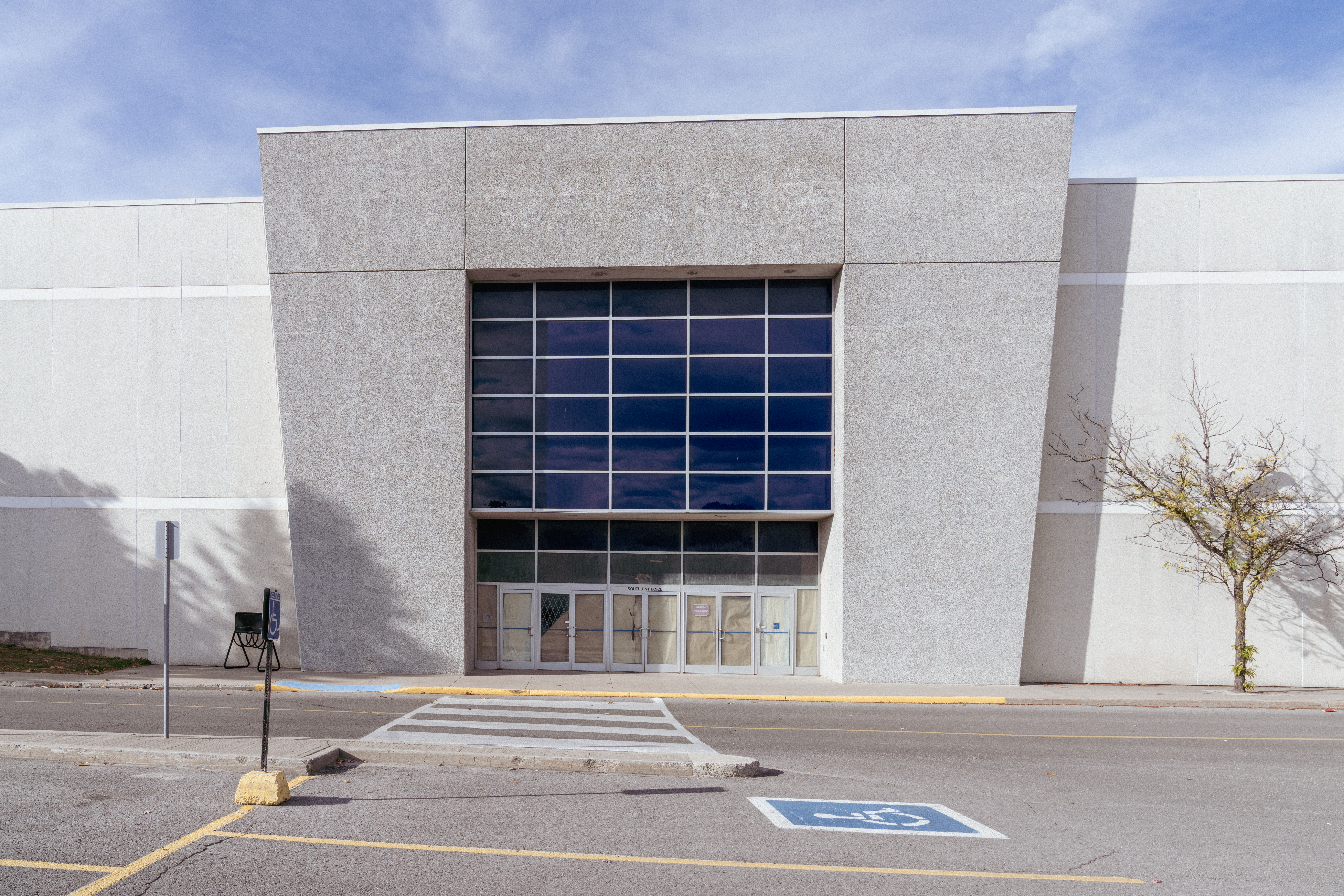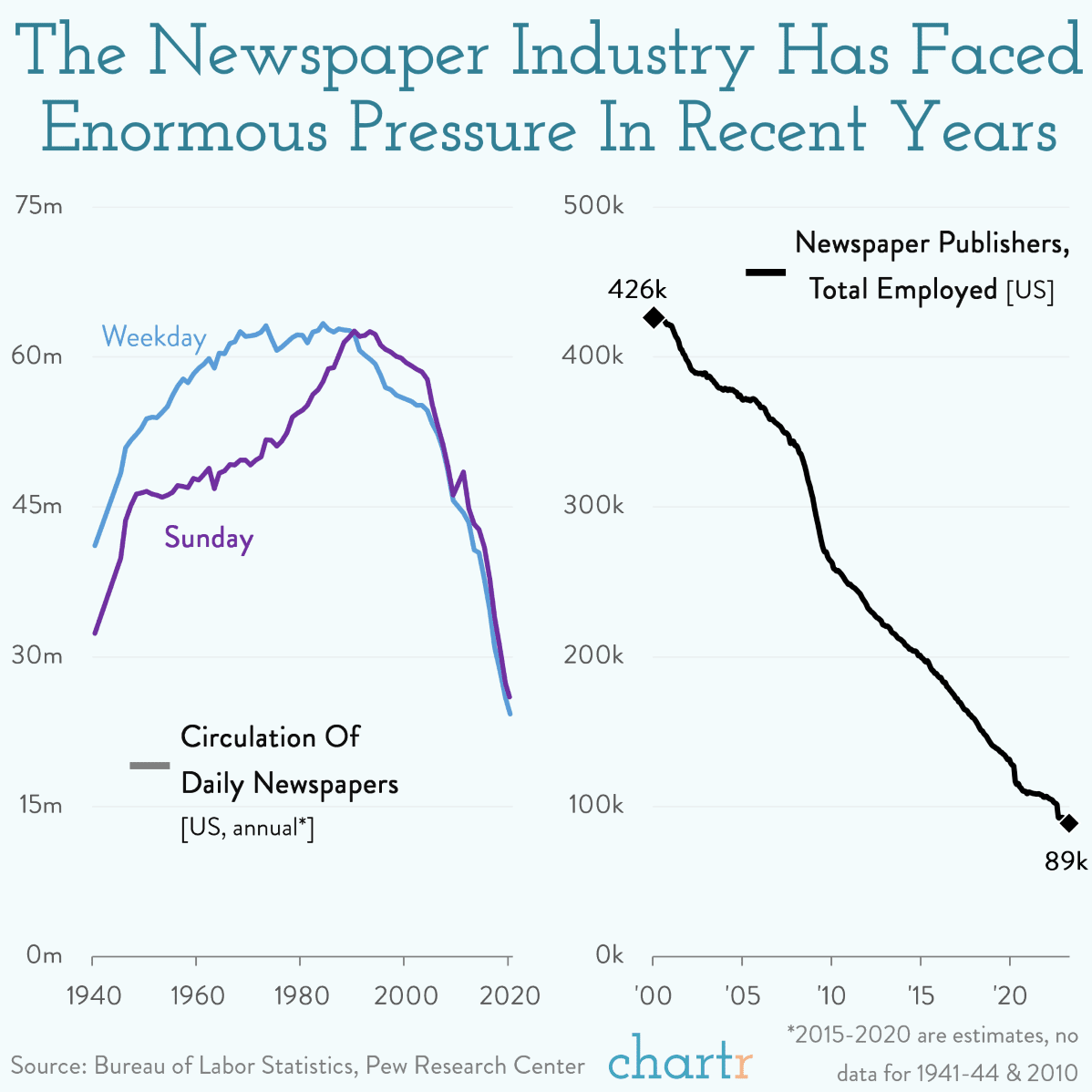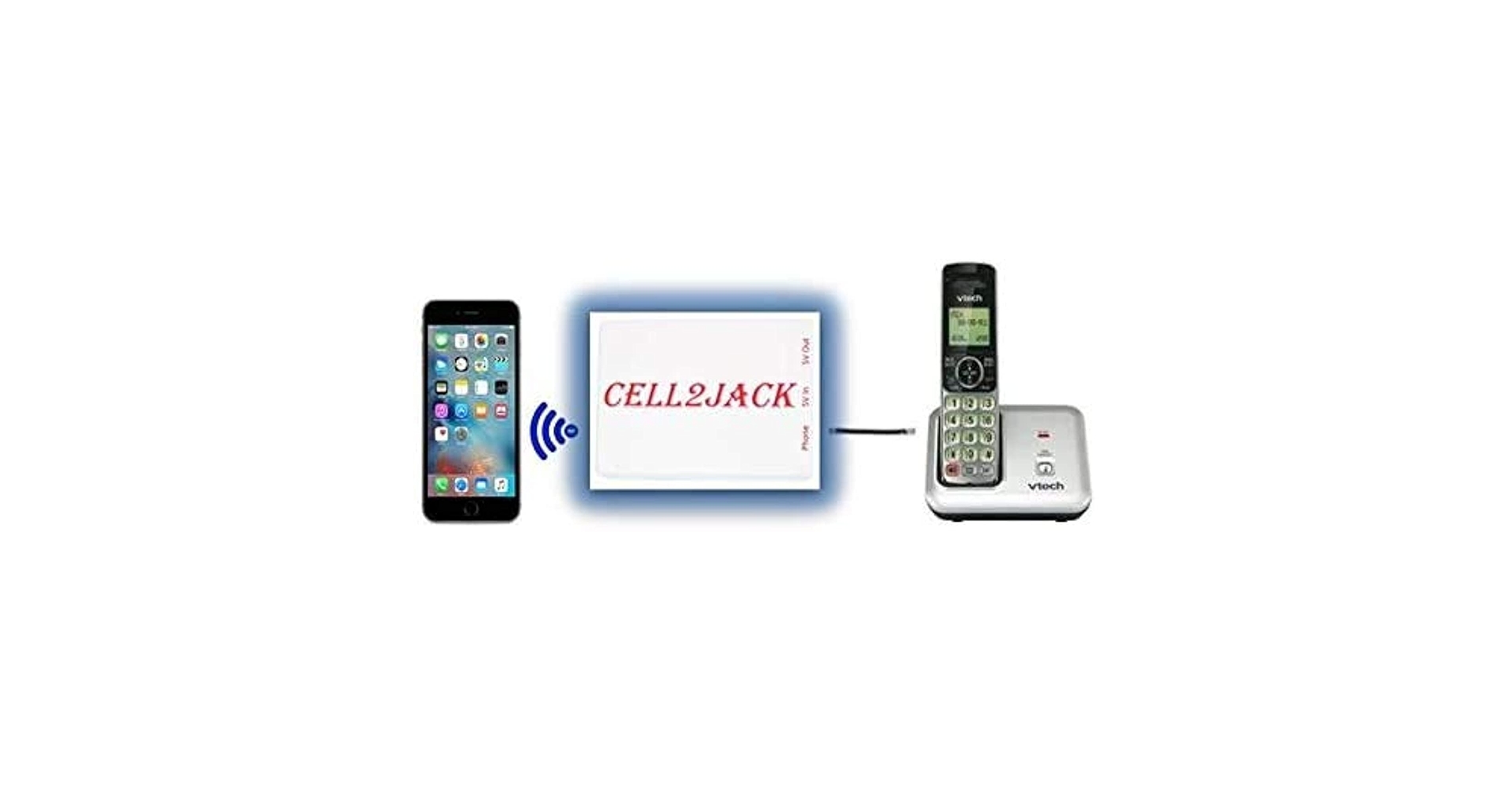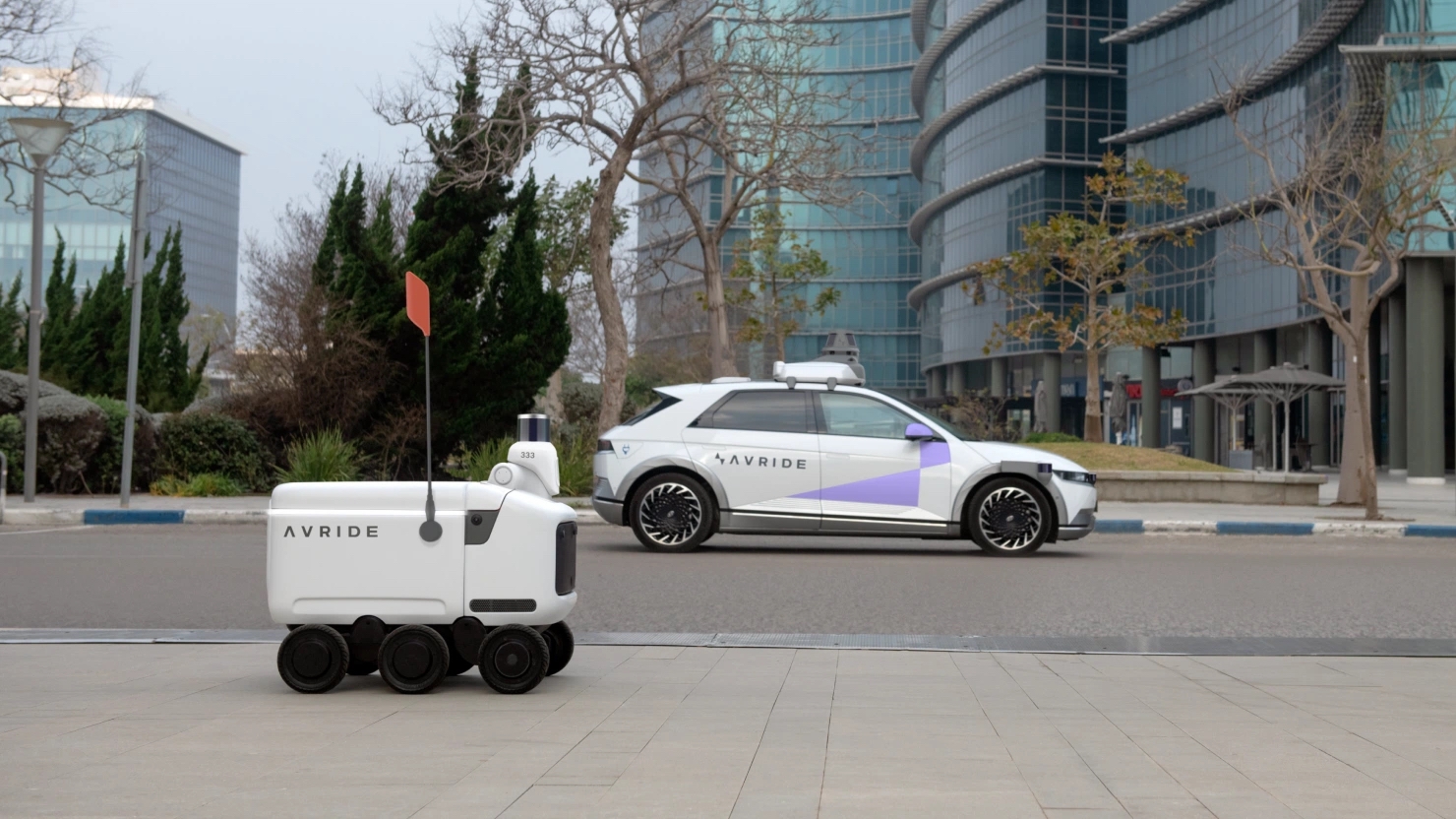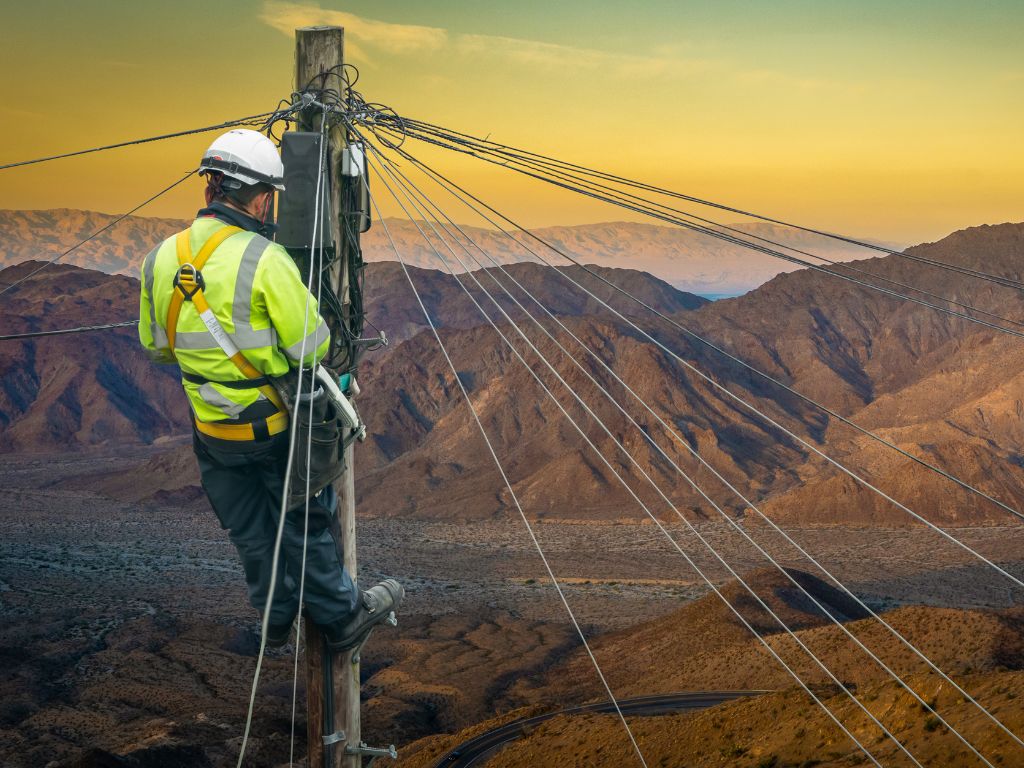
As technology, globalization and shifting consumer habits continue to disrupt longstanding business models, some industries appear increasingly likely to vanish — or at least be fundamentally transformed — by the end of the decade. Below are 7 business types that research and commentary suggest may not exist in their current form by 2030. For each, I’ll explain what makes them vulnerable, highlight key drivers of change, and offer tips for adaptation or survival.
1. Brick-and-Mortar General Retail Stores
Why they may disappear
Traditional retail stores (especially those selling general merchandise) face relentless pressure from e-commerce, mobile shopping, and changing consumer behaviour. According to one overview, the traditional retail industry is identified as one of the most at‐risk by 2030. Flourish Financial+2Vanguard News+2
Key drivers:
-
Rising online shopping, fewer visits to malls and standalone stores.
-
Higher real estate & staffing costs make small margins unsustainable.
-
Consumers expect convenience, personalization, fast delivery — digital channels do this better.
What the business looked like
In the past, you’d walk into a store, select from in‐store inventory, pay at a cashier, and leave. That model is being replaced by digital browsers, mobile payment, local pickup or direct shipment.
Tips for adaptation
-
Shift to the experience-based retail model: create in-store events, personalization, community.
-
Integrate omni-channel operations: physical + online + click-and-collect.
-
Focus on niche, local, or specialized goods where e-commerce hasn’t fully dominated.
2. Traditional Travel Agencies
Why they may disappear
With the rise of online travel booking platforms, mobile apps, and user self-service tools, conventional travel agencies (especially those offering “book a holiday for me” service) are under threat. One source lists travel agencies among industries likely to vanish by 2030. Flourish Financial+2Vanguard News+2
Driver factors:
-
Consumers book flights, hotels, tours themselves online.
-
Less need for middlemen when data, reviews and platforms empower direct booking.
-
AI and recommendation engines further reduce the value of human agents in standard bookings.
What the business looked like
Walk into a travel‐agency store, browse posters of destinations, pay a service fee to the agent who books your flights/hotel/tours.
Tips for adaptation
-
Move into specialty travel niches: high-touch luxury trips, adventure travel, experiential travel, where personal guidance still adds value.
-
Combine digital tools + human expertise: hybrid model of self-book + advisor support.
-
Build a brand around curation and unique local knowledge (rather than simply booking what’s available online).
3. Print Newspapers & Traditional Publishing
Why they may disappear
Print media faces long-term secular decline as digital content, mobile consumption and advertising shifts erode the business model. Sources suggest print media could vanish or shrink dramatically. Tirupati Polymers Manufacturing+2Flourish Financial+2
Drivers:
-
Advertising dollars moving to online channels.
-
Consumers prefer mobile/online news and updates rather than print.
-
Production/distribution costs remain high; digital format is cheaper and scalable.
What the business looked like
Daily newspapers or magazines printed, distributed to homes/newsstands; revenue from subscriptions + advertising.
Tips for adaptation
-
Pivot to digital-first publishing: mobile apps, multimedia content, subscriptions.
-
Emphasize niche or premium content (investigative journalism, unique local coverage) where print still commands loyalty.
-
Explore multimedia monetization: podcasts, newsletters, events.
4. Landline Telephone & Traditional Telecom Services
Why they may disappear
The model of fixed-line voice services (copper/fibre landlines) is undercut by mobile phones, VoIP (voice over internet), and unified communications. Some forecasts list this among businesses likely to disappear by ~2030. Tirupati Polymers Manufacturing+1
Drivers:
-
Almost every household has mobile; many forego landline.
-
Unified communications (video meetings, chat) reduce need for separate voice line.
-
Infrastructure (copper) aging; maintenance costs high.
What the business looked like
A telecom company supplying fixed monthly landline service, separate from mobile or data.
Tips for adaptation
-
Retrofit into integrated communications services (internet + mobile + cloud).
-
Invest in broadband/data infrastructure, as voice becomes a feature, not standalone product.
-
Develop value-added services: home security, smart-home monitoring tied to connectivity.
5. Traditional Taxi/Dispatch Services
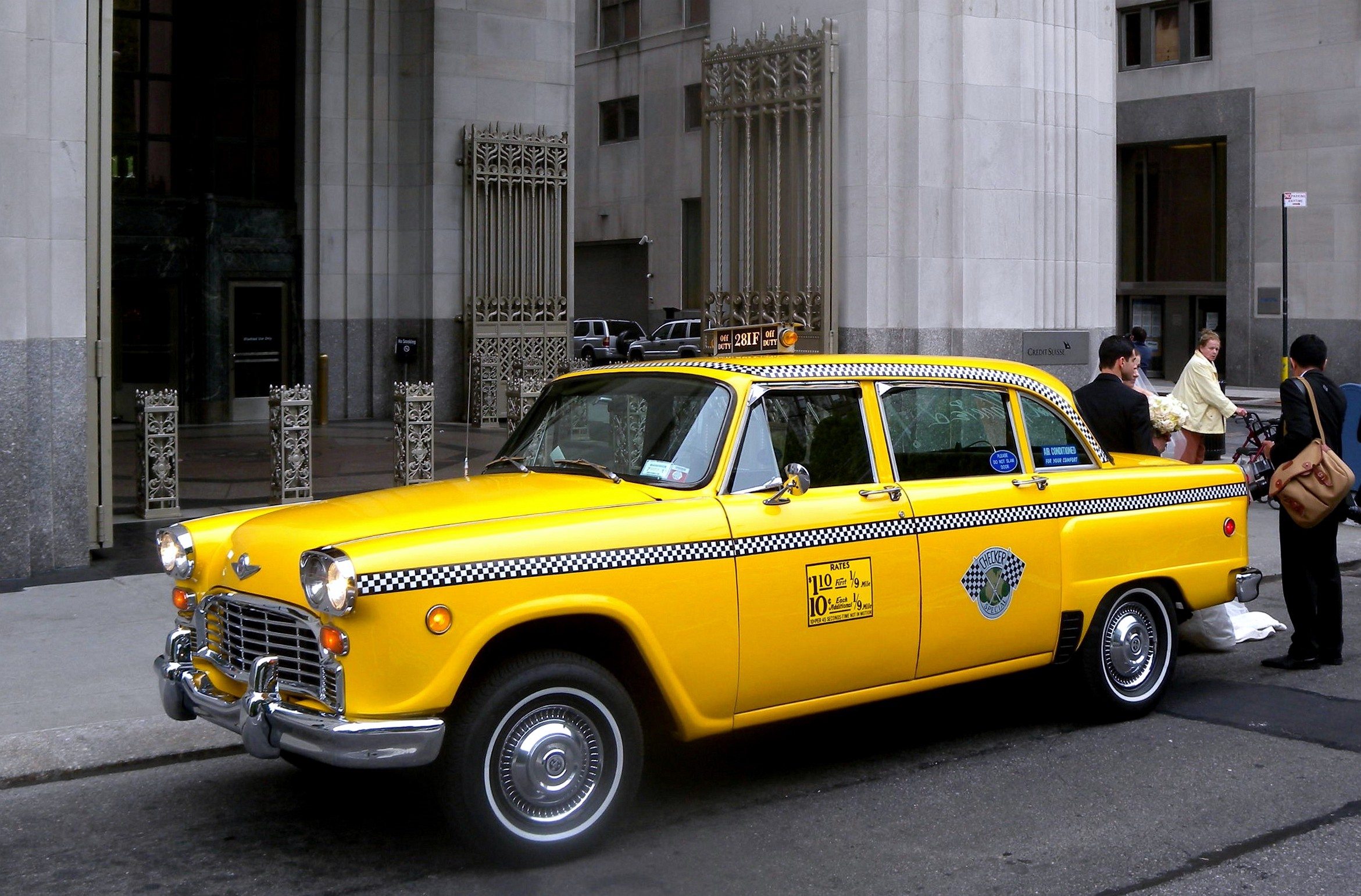
Why they may disappear
The business model of metered taxis dispatched by telephone or street-hail is challenged by ride-hailing platforms, and in the longer term by autonomous vehicles. One analysis expected traditional taxi services to vanish by ~2030. Tirupati Polymers Manufacturing+1
Drivers:
-
Ride‐hailing apps provide convenience, dynamic pricing, rating systems.
-
Autonomous vehicle technology threatens driver labour entirely.
-
Urban policy/regulation shifting towards mobility as a service.
What the business looked like
Licensed taxi vehicle, meter fare, dispatcher or street-hail, cash or card payment.
Tips for adaptation
-
Taxi companies should pivot to mobility service companies: ride-hailing, pooling, fleet management.
-
Focus on premium or specialised transport: accessible vehicles, corporate services, high-end rides.
-
Explore early for autonomous fleet integration or partnerships with mobility platforms.
6. Physical DVD/Disc Rental & Media Retail
Why they may disappear
With the rise of streaming services and digital rental/download, the physical disc rental business is largely obsolete already in many markets — but still included in lists of disappearing business types. Medium+1
Drivers:
-
Instant streaming, no need to visit store or kiosk.
-
Convenience, subscription models, global access.
-
Decline of physical media sales overall.
What the business looked like
Local store or kiosk offering DVD/Blu-ray rentals or purchases; customers browse aisles and take discs home.
Tips for adaptation
-
Shift to digital content distribution, or partner with streaming platforms.
-
If remaining physical, focus on niche collectors market (limited editions, rare media).
-
Use the space for community events: screenings, film clubs, local gatherings.
7. Traditional Bank Branches & In-Person Banking Services
Why they may disappear
While banking itself will continue, the business model of the physical branch network with heavy reliance on in-person transactions is under threat. Digital banking, fintech, mobile wallets are reducing branch traffic. Some industry commentary identifies “brick-and-mortar banking” among business types facing obsolescence. Flourish Financial+1
Drivers:
-
Mobile/online banking adoption increasing globally.
-
Cost of running branches high relative to number of transactions.
-
Growing fintech and digital wallet alternatives.
What the business looked like
Walk-in bank branch. Teller transactions, face-to-face account management, physical paperwork.
Tips for adaptation
-
Branches should shift to advisory/HQ centres, not routine transactions.
-
Invest in digital banking infrastructure and mobile experience.
-
Reduce branch footprint, but maintain high-value physical presence where needed (wealth management, corporate banking).
Why this matters & What to do
The common thread across these business types is that they rely on physical infrastructure, labour-intensive service, or legacy delivery models which are threatened by technology, changing consumer behaviour, regulation, and cost pressures. Research indicates many roles and industries will be transformed by 2030. Technology Magazine+1
For business owners and entrepreneurs:
-
Anticipate disruption: don’t wait until business is dying.
-
Pivot early: move into digital, offer new value propositions.
-
Find angles only your business can deliver: local knowledge, high-touch service, unique inventory.
For employees/workers:
-
Upskill into areas less easily automated (human judgement, creativity, strategic services).
-
Be ready to adapt: digital literacy, platform operation, data-driven services.
For investors:
-
Avoid “legacy-model” businesses without clear adaptation paths.
-
Place capital into transformation plays, digitalisation, service-economy businesses with scalable models.
Final thoughts
As we approach 2030, the idea that “business as usual” will carry on unchanged becomes less credible. The 7 business types above aren’t doomed in every case — but their existing models are at high risk. Survival will depend on evolution, reinvention, and willingness to embrace change. For each business type listed, proactive adaptation could mean the difference between thriving in 2030 or disappearing.
Thanks so much for reading my blog;
If you are currently doing any of jobs, please let me know from the contact section so that I can tell you the best alternative now.


